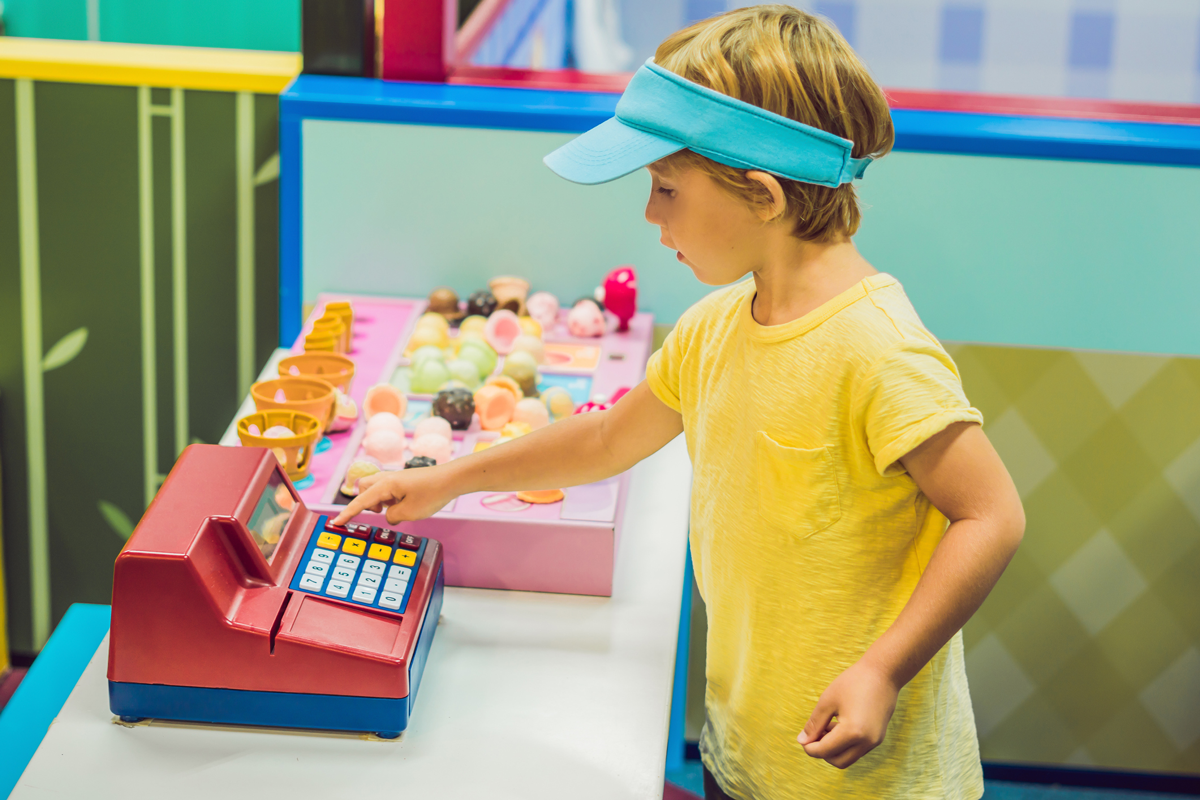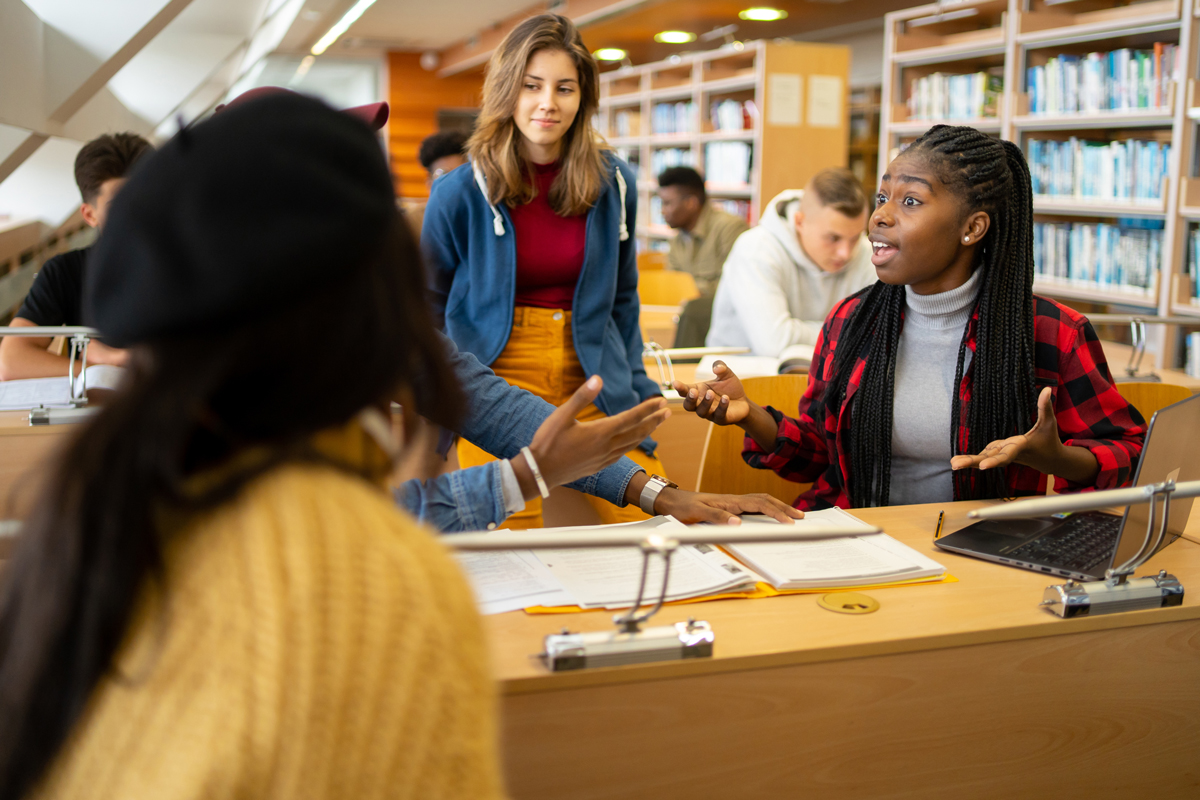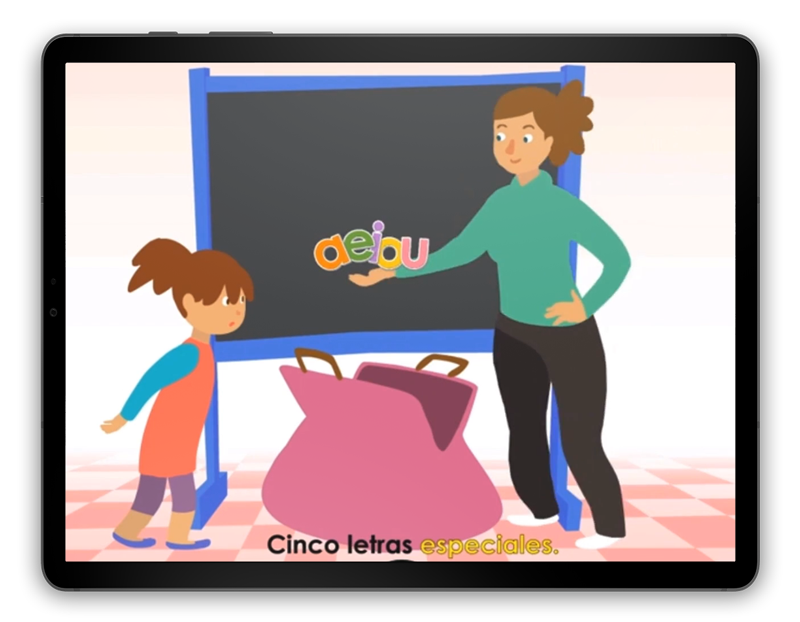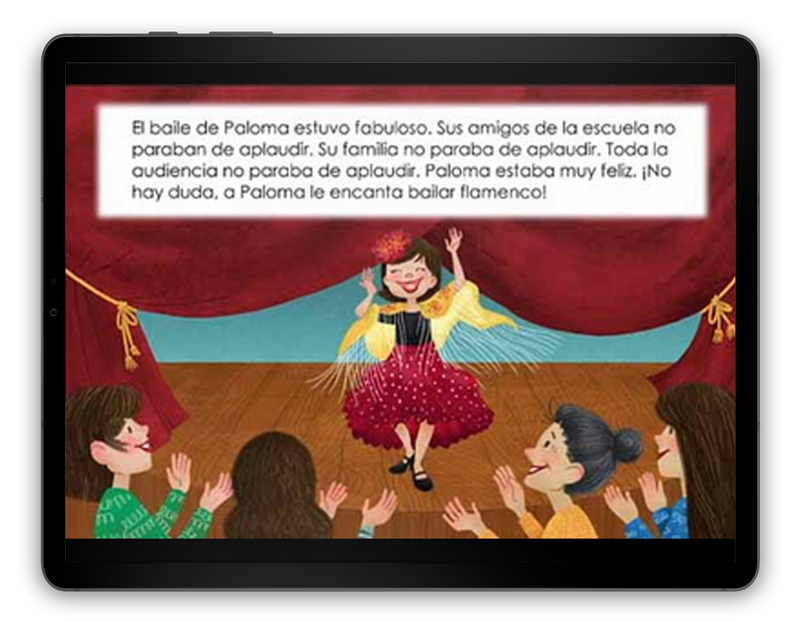Scottsdale, Arizona, October 16, 2023 – Imagine Learning, the largest provider of digital curriculum solutions in the U.S., serving 15 million students in more than half of school districts nationwide, today announced the launch of Traverse, a groundbreaking, innovative, and digital-first social studies, living core curriculum solution for grades 6–12. Traverse, created by a team of Imagine Learning developers and educators, represents a significant milestone for the organization as it expands its comprehensive suite of dedicated and immersive digital core curriculum courses for teachers and students across the country.
“Gone are the days of large history books that cannot be easily updated. Traverse turns that paradigm on its head and provides an on-ramp to ensuring that our students are taught the most updated information, yet customized to meet the standards of local communities,” said Jonathan Grayer, CEO of Imagine Learning. “This launch is a significant step forward for Imagine Learning as we now provide thousands of school districts — large and small — a complete array of solutions, from supplemental to intervention to core.“
In today’s evolving world, the demand for teaching social studies appropriately has never been greater. Districts have been searching for a modern curriculum that can adapt to their needs and empower teachers to meet the required content and instructional standards while encouraging critical thinking and civic engagement for students. Pairing advanced technology and engaging media with inquiry-based learning, Imagine Learning developed Traverse to address this market demand with a highly adaptable and engaging curriculum.
Mr. Grayer continued, “Traverse represents a real breakthrough in how social studies can and should be taught in this country. In a rapidly changing world where there is a greater urgency placed on teaching our students how to be responsible citizens contributing to the well-being of our society, Traverse solves an enormous problem facing our schools by equiping students with the knowledge and skills to navigate a complex and ever-changing global landscape. Like other Imagine Learning curricula, Traverse shares responsibility for this process with teachers, empowering them to cultivate the active, informed, and engaged citizens our society needs. We are very excited to bring Traverse to market.”
For the first time, students will be engaged in a comprehensive learning experience that combines content, inquiry, and skills development. Students are exposed to a wide array of multimedia resources, primary and secondary sources, lessons designed to build their skills, collaborative learning activities, and assessments to deepen their engagement with the subject matter. Traverse will prepare students for civic engagement beyond their classrooms by using a standards-backed, inquiry-based approach to learning. It aligns with the College, Career, and Civic Life (C3) Framework and state standards, providing teachers with a cohesive instructional social studies program for grades 6–12.
The Traverse Solution
Traverse was developed in collaboration with renowned educators Kathy Swan and Sam Wineburg, and designed by Imagine Learning’s development group, the same team that created the award-winning ELA program StudySync. Its digital-first instructional design allows districts to easily support changing curriculum standards with adaptable courses that are built with powerful media and interactives. Through a combination of video, activities, and tools, Traverse leverages interactive media to enhance engagement in instruction. Aligned to the C3 Framework, Traverse prepares students for college, career, and civic life by connecting the lessons to real-life social issues. Students are further supported through active learning and are encouraged to collaborate with their peers and find answers themselves through careful and critical study of the standards-based resources provided.
As part of its modern, new approach to social studies, Traverse:
- Maximizes student learning by focusing only on the content standards teachers are expected to teach.
- Enables students to critically evaluate issues, both inside and outside the classroom.
- Blends technology and multimedia to empower learners.
- Supports teachers in facilitating an equitable learning environment by providing the necessary resources to create personalized learning experiences.
- Includes Imagine Learning’s exceptional digital and print implementation support and toolkits that work with districts according to their needs.
- Offers varied modalities for lessons and is compatible with multiple devices.
Traverse is the latest digital-first curriculum to be added to Imagine Learning’s core product line, joining Imagine Learning Illustrative Mathematics, Twig Science, and Imagine Learning EL Education. It is available for U.S. History: Beginnings to the Civil War; U.S. History: Reconstruction to the Present; World History: Beginnings to the Reformation; World History: Emergence of the Modern World to the Present; World Geography; U.S. Government; and Economics. For more information on Traverse, visit www.imaginelearning.com/traverse.
About Imagine Learning
Every classroom, every student is bursting with potential. That’s why we pursue relentless innovation at the intersection of technology, people, and curricula. Imagine Learning creates K–12 digital-first solutions fueled by insights from educators, working alongside educators to support 15 million students in over half of the districts nationwide. Our core portfolio includes Twig Science®, Imagine Learning Illustrative Mathematics®, and Imagine Learning EL Education®. Our robust supplemental and intervention suite equips learners with personalized instruction for English and Spanish literacy, math, coding, and more. Imagine Edgenuity™ is our flagship courseware solution, complemented by Imagine School Services’ Certified Teachers. Imagine Learning. Empower potential. Learn more: imaginelearning.com.





